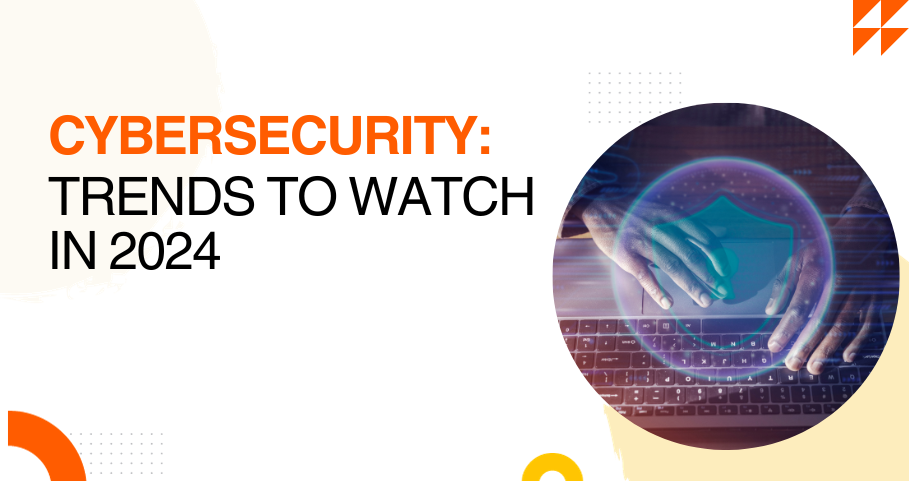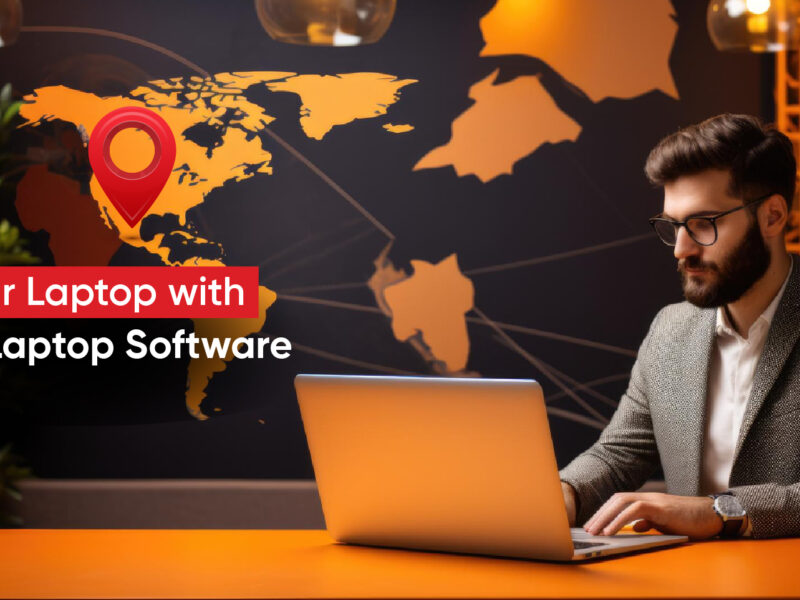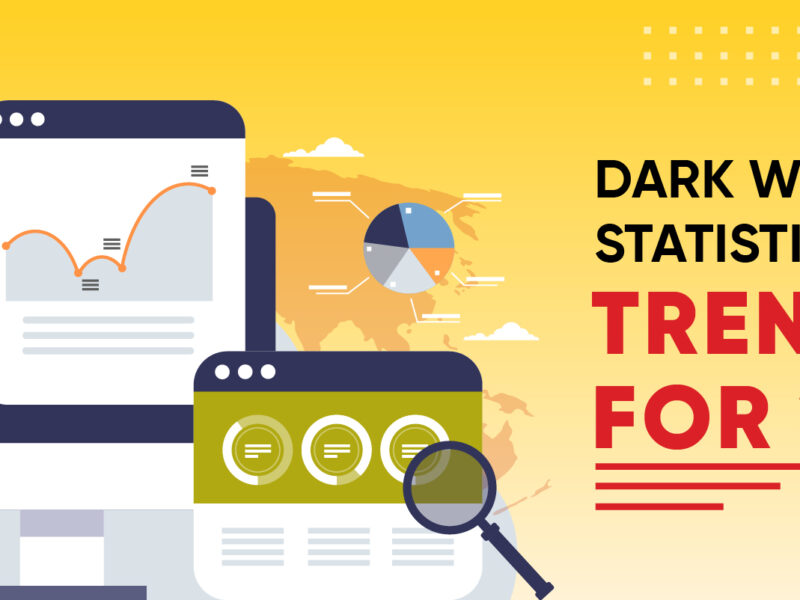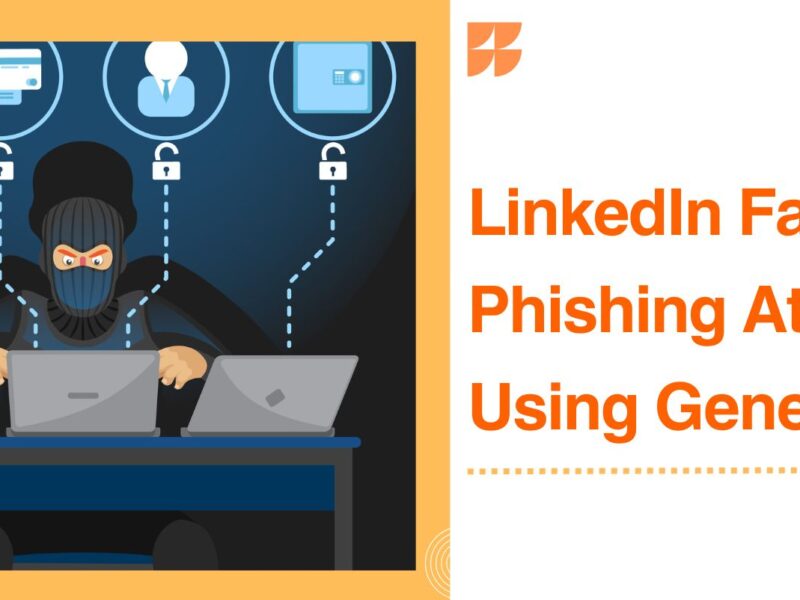
2024 is around the corner: Watch out for latest Cybersecurity trends
Since all businesses, big and small, rely on computerized systems to manage their daily operations due to the digital revolution, cybersecurity has become a top priority in order to protect data from unauthorized access or various online attacks. As ransomware, data breaches, and hacks become commonplace headlines, there must be a corresponding shift in cybersecurity practices to keep up with the rapid advancement of technology. Total Security, of your system and planning helps improve your abilities with security courses taught by professionals.
- Increased Car Hacking: Autonomous software is already standard on many modern cars, enabling smooth communication for drivers with features like airbags, air conditioning, door locks, cruise control, and sophisticated driver aid systems. These cars may connect via Bluetooth and WiFi, which exposes them to various security flaws and hacking risks. With more autonomous vehicles on the road in 2023, it’s anticipated that taking control of the vehicle or listening in on passengers through microphones will increase. Autonomous or self-driving cars employ an even more complicated system that necessitates stringent cybersecurity protocols.
- Artificial Intelligence’s Potential: Artificial Intelligence (AI) has become a ubiquitous technology, and its integration with machine learning has revolutionized cybersecurity. The development of face identification, automated threat detection, natural language processing, and automated security systems has been greatly aided by AI. However, it’s also being used to create sophisticated viruses and assaults that go around the most recent security measures for data control. Threat detection systems with AI capabilities may foresee future assaults and immediately alert administrators to any data breach.
- The New Target Is Mobile: In 2019, there was a notable fifty percent growth in mobile banking malware or assaults according to cybersecurity trends, which means that hackers may now target our portable devices. There are increasing risks to people in all of our emails, texts, financial transactions, and images. In 2023, malware or smartphone viruses could be the focus of cybersecurity developments.
- Additionally, the Cloud May Be Vulnerable: As more and more businesses move their operations to the cloud, security protocols must be regularly reviewed and updated to prevent data leaks. Even while cloud apps like Google and Microsoft still have strong security measures in place, users are still a major source of harmful malware and phishing scams.
- Data Breach: Organizations everywhere will continue to have data as their top issue. These days, protecting digital data is the top priority, whether of the individual or the company. Any small hole or weakness in your program or system browser might provide hackers access to personal data.
- IoT Using 5G Networks: The Internet of Things (IoT) will usher in a new era of interconnectedness with the introduction and expansion of 5G networks. Read up on the definition, significance, and use of the Internet of Things (IoT). Multiple devices communicating with one another exposes them to assaults, outside influences, and unidentified software bugs. It was discovered that Chrome, the most popular browser worldwide and one that Google supports, had significant problems. Since 5G architecture is relatively new to the market, extensive study is needed to identify vulnerabilities that would allow the system to be safe from outside attacks. There might be several network assaults with every phase of the 5G network that we are not aware of. In order to prevent data breaches, manufacturers must adhere to tight guidelines while developing advanced 5G hardware and software.
- Automation and Integration: It is imperative that automation be incorporated to provide more sophisticated control over the information, as the amount of data is growing daily. Automation is more important than ever because of the pressure engineers and experts have to provide effective solutions quickly in the face of today’s demanding work environment. Agile development incorporates security measures to create software that is more secure overall. Since it is more difficult to secure large and sophisticated online applications, automation, and cyber security are essential concepts in the software development process.
- Targeted Ransomware: Targeted ransomware is another significant cybersecurity development that we find impossible to ignore. Industries, particularly those in industrialized countries, mostly rely on specialized software to manage their day-to-day operations. Targets of ransomware have become increasingly specific. Even while ransomware often threatens to release the victim’s data until a ransom is paid, it may also have an impact on major organizations or even the entire country.
- Insider Dangers: One of the main causes of the data leak is still human mistake. A whole corporation can be brought down by a single mishap or deliberate flaw if millions of stolen records are involved. According to a Verizon data breach report, 34% of all assaults were either directly or indirectly carried out by workers. This information provides strategic insights into cybersecurity trends. Thus, be careful to raise awareness among staff members about data security measures.
- Working remotely and cybersecurity: Numerous businesses have been compelled by the pandemic to switch to remote employment, which has created additional cybersecurity issues. Since remote workers frequently use less secure networks and devices, they may be more susceptible to cyberattacks. Antivirus software is always advisable to ensure security measures in advance. It is mandatory for companies to ensure that their remote workers are protected by sufficient security measures, such as multi-factor authentication, secure VPNs, and automatic patching.
- Attacks Using Social Engineering: Attackers are increasingly using identity theft, spear phishing, and phishing to get sensitive data, which is leading to an increase in social engineering assaults. Employers need to make sure that their staff members are equipped with the skills necessary to spot suspicious behavior, report it, and put safeguards in place to prevent assaults of this nature.
- Multiple-Factor Verification: As a security mechanism, multi-factor authentication (MFA) demands users to authenticate with several sources before they may access an account. Since an attacker must have access to many pieces of information in order to obtain access, this extra layer of protection helps to prevent cyberattacks. In order to lower the possibility of unwanted access, organizations should make sure that MFA is enabled on every account. In cybersecurity, automation is becoming more and more crucial. Security procedures that are automated can assist in shortening the time it takes to identify threats, respond to them, and increase threat detection accuracy. Additionally, automation can lessen the need for labor-intensive, human-error-prone manual operations.
- Attackers with International State Support: It is imperative for enterprises to be cognizant of the fact that sophisticated state-sponsored attackers may target them. To defend against these kinds of assaults, they need to make sure that there are sufficient security measures in place, such as multi-factor authentication and real-time monitoring.
- Control of Identity and Access: One security tool that helps businesses manage and keep an eye on who has access to networks and sensitive data is identity and access management, or IAM. Adequate IAM safeguards, including access control lists, authorization policies, and user authentication, should be guaranteed.
- Monitoring Data in Real Time: An essential security tool for businesses is real-time data monitoring, which enables them to identify and address any questionable activity. They must make sure that sufficient safeguards, including automatic alarms and log monitoring, are in place to keep an eye on all data activities.
Next Up With Cyber Security Trends
Organizations will undoubtedly be more active in increasing their security measures in 2024 than their cybersecurity developments in 2023. It is anticipated that businesses will spend more than $100 billion in the next year alone on asset protection, exceeding previous records.
Given that infrastructure security now plays a major role in practically every firm, it would be wise for them to begin their cybersecurity learning curve now in order to become authorities tomorrow. Professionals with extensive expertise and skill in cybersecurity are among the highest-paid in the IT sector.
The best course of action right now is to step up your security, and we can assist. You will acquire the knowledge and abilities required to become an authority in this quickly expanding field by enrolling in the Advanced Executive Program in Cybersecurity or Cyber Security Bootcamp or being prepared in advance with antivirus protection. With this best software, one can be assured of the Total Security of their infrastructure, including securing data and information, doing risk analysis and mitigation, designing cloud-based security, attaining compliance, and much more.




